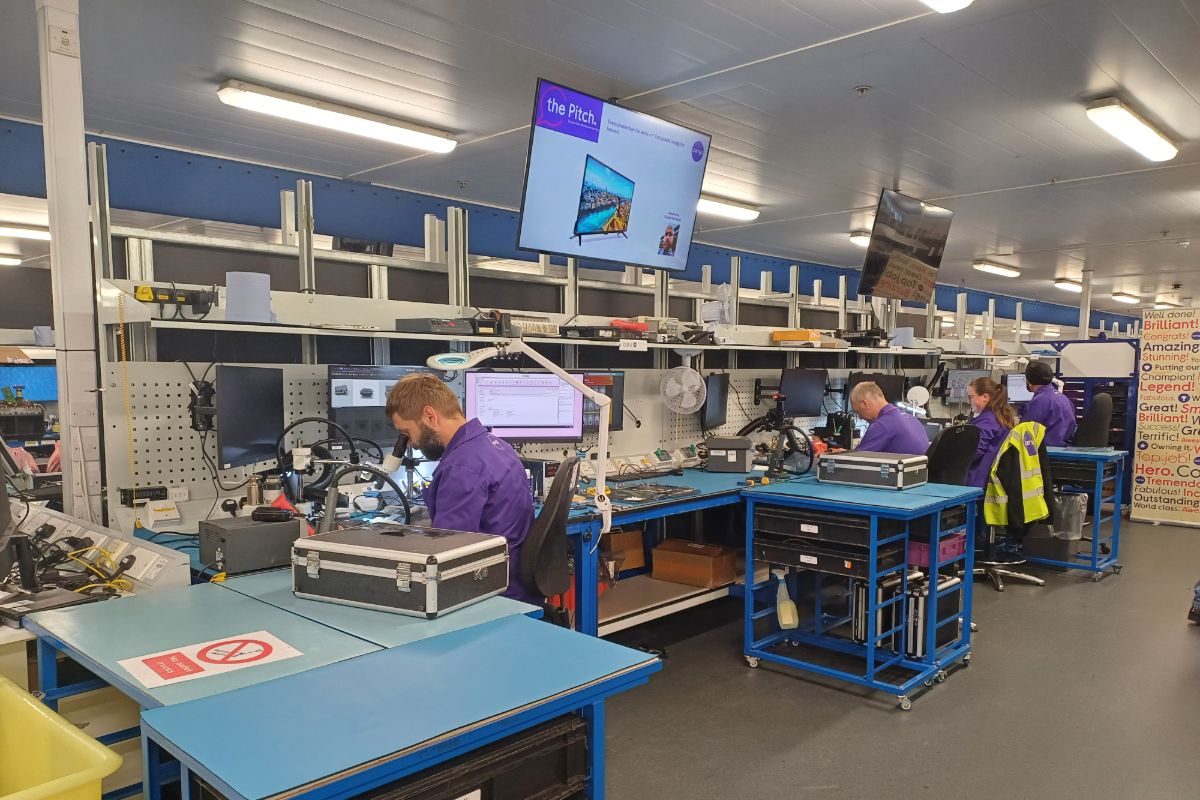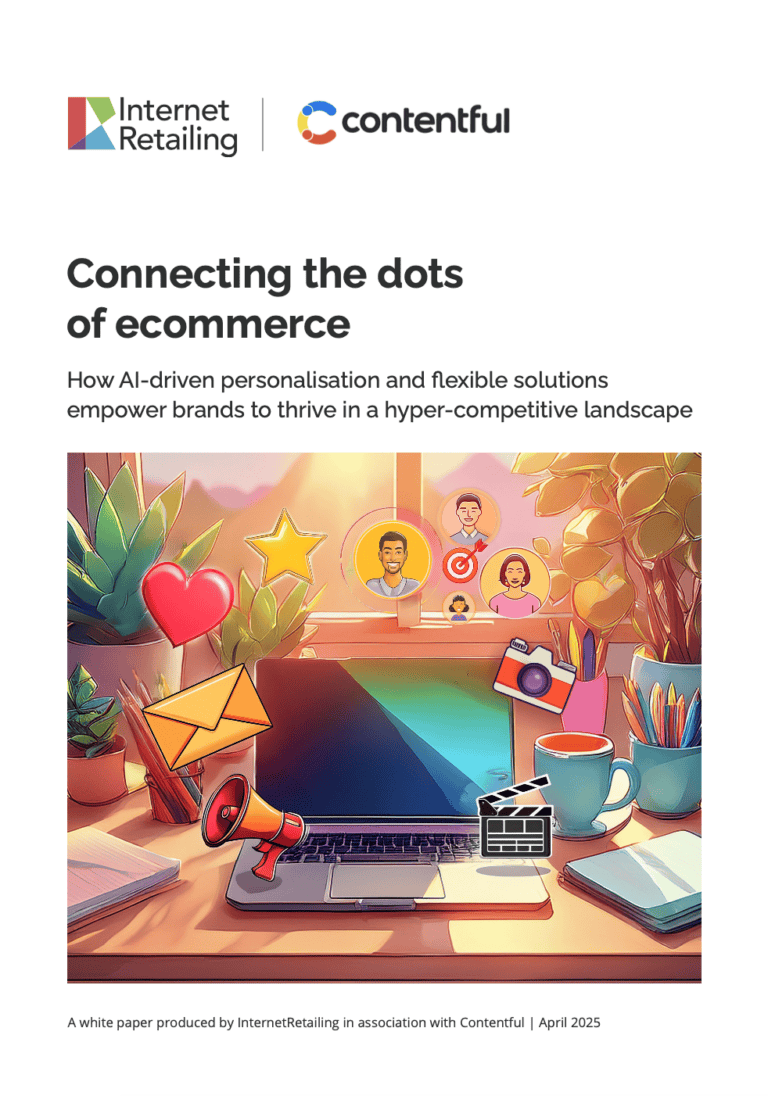Simon Robinson, Senior Director Marketing and Alliances EMEA, Responsys discusses how the advent of 4G could provide retail marketers with an array of new opportunities for customer engagement
Following the hotly anticipated launch of the iPhone 5 at the end of last year, the next item of business on the mobile agenda was which of the UK’s mobile network operators would win the competitive bid for 4G capabilities. At the end of February it was revealed that, after 50 rounds of bidding, EE, Three, 02, BT and Vodafone were the five winners of the spectrum auction.
Now all that remains is for mobile handset providers to enable more devices with 4G, and before you know it consumers across the world will be downloading vast amounts of data and streaming movies within the blink of an eye. With faster mobile internet speeds enabling consumers to get so much more out of their smartphones and tablet devices, what opportunities will 4G open up for marketers using mobile as part of their cross-channel campaigns?
Setting the marketing scene
In today’s time-poor world, consumers are getting their next fix of news, posting updates on Facebook or shopping their favourite brands while on the move. Any commuter in the know will describe a typical journey into work as hoards of men and women, packed tightly together like cattle on the train, glued to laptops, BlackBerry smartphones or iPads. It’s not just the commute that consumers use to tether themselves to the online world. Consumers are becoming increasingly addicted to the internet, often resorting to the practice of dual screening – checking their Twitter statuses while watching TV, for example – in order to squeeze their online activity into the day.
But what does this mean for marketers? While 4G will inevitably bring faster mobile data speeds, allowing consumers to access more content more quickly, it will also make the mobile user experience more rewarding and more widely used. With this in mind, marketers will need to consider how 4G will affect the way they are currently using the mobile channel to engage with consumers.
Explaining the why in Wi-Fi
4G will undoubtedly be a driver to further increase smartphone penetration in the UK. As consumers flock to buy the latest 4G-enabled smartphones and tablet devices, it opens up the possibility for marketers to take advantage of widespread Wi-Fi capabilities. Wi-Fi hotspots are already commonplace in coffee shops and some restaurants, but last summer Virgin Media rolled out Wi-Fi-enabled areas throughout the London Underground, allowing passengers to get the latest updates from the Olympic Games. Many retailers are now starting to offer this service for free in-store, meaning that customers can use their mobile or tablet devices without any frustrating connectivity issues.
While it may seem contradictory to do so – the Internet has long been hailed as responsible for the decline of the UK high street – there are strong arguments for why in-store Wi-Fi is actually a good thing. While mobile comparison – or showrooming, as it’s commonly called – poses a threat to some retailers, many brands have come to realise that customers are going to use mobiles in-store regardless, and it’s a trend that continues to grow.
Offering Wi-Fi in the first place can actually be seen as a differentiator and increases footfall to the physical store, but more importantly it allows marketers to ask customers for registration details in order to access the service. By opting into this service, customers are providing marketers with valuable personal data on their preferences – such as how they would like to be contacted in future by the brand. Data is a key tool in the new school marketer’s toolbox – it enables brands to develop a holistic and single customer view that can be used to tailor marketing content down to each individual’s wants and needs.
The faceless batch-and-blast marketing era is dead; customers are savvy about how marketers are collecting data about their likes and dislikes and they expect brands to use this information accordingly.
Be inclusive with cross-channel
While the Wi-Fi trend allows marketers to gain a foothold with customers, it’s important to note that there are other channels that consumers may be using to contact brands, such as Twitter or email. For this reason, a cross-channel strategy is essential in order to encompass all the interactive power channels of mobile, email, web, display and social. Today’s consumers want flexibility; they want anytime, anywhere access to information and content, and they want to be in control of how this information is consumed. As a result, an integrated cross-channel programme is one of the most inclusive and successful approaches to modern marketing.
Central to this approach is mobile, which means that content usually consumed via email or website needs to be optimised for smartphone and tablet devices. About 40 per cent of emails are now opened on mobile devices, and this number will increase in line with mobile device penetration. Emails that haven’t been optimised for mobile can be unwieldy – images take too long to download, excessive zooming is needed to read or click on small links and endless scrolling is the only way to read text that doesn’t intuitively re-size to fit smaller screens. This type of experience will not only irritate consumers, it may ultimately discourage them from shopping with brands or returning to the website.
Mobile in the relationship era
Although consumers want brands to use their personal information to create timely, engaging and relevant experiences, they now have less time and attention to dedicate to marketing messages. As a result, it’s a balancing act for marketers – knowing what to say and how and when to say it. Knowing your audience and how consumers use channels such as mobile will partly address this marketing paradox. Unlike a desktop computer, where you probably have the customer’s full attention, mobile devices are frequently used to kill time when waiting or on the move. With this in mind, the nature of mobile content must be adapted accordingly. If brands want to continue to be top of mind, inbox or Twitter feed, it’s important that subject lines, images and other content are fully personalised.
The ability to do so will depend on how well marketers are collecting and using customer data. In today’s relationship marketing era, data is paramount to marketing success. Finding out the breakdown of mobile devices being used, such as whether your customers are predominantly using smartphones or tablets, can help marketers to tailor services and content. Failure to dedicate adequate time and resources to how the mobile channel can be used for effective engagement may result in poor customer experience across the mobile channel and marketing messages being ignored.
The development of 4G could be a real turning-point for marketers looking to optimise their mobile channels for customer engagement. A faster, more powerful mobile device means the ability for marketers to reach customers anywhere, anytime. However, in order to take full advantage of the opportunities that this could provide, marketers need to remember that mobile should be used as part of an integrated cross-channel campaign, rather than being used in isolation. The ability to deliver interesting content at the right time, through the right channel is what builds long-term relationships between brands and customers. Mobile is a key channel for marketers to build true engagement and loyalty and those marketers that explore all avenues of possibility with this channel will have the competitive edge.









